 |
| Lotus root is rich in protein, vitamins, and minerals such as calcium, phosphorus, and iron. (Illustration photo created by AI) |
Summer is the ideal time to enjoy lotus root, because this is the stage when this plant grows the most. The cells inside the root are full of water and plump, making each slice of lotus both crunchy and sweet when bitten.
Lotus root is the root of the lotus plant, lying submerged in the mud in ponds, lakes or low-lying fields. This is the part that stores nutrients to nourish the plant, has a long cylindrical shape, consists of many connected segments, is hollow inside and has round air holes.
Air from the lotus leaf stalk passes through these holes to the roots, helping the plant to breathe and grow.
What is the difference between 7-hole and 9-hole shower heads?
There are two main types of lotus roots: field lotus (grown in dry fields, shallow water), usually has 9 holes, and pond lotus (grown in deep ponds, lakes), usually has 7 holes.
The holes in the lotus root are like the plant's "breathing passages". In addition, these holes also act as a filter, removing impurities in the water and retaining only the necessary nutrients.
7-hole and 9-hole lotus differ based on color and shape. 7-hole lotus has a yellow-brown skin, short and large root, slightly astringent when eaten raw, high starch content, low water content, rich but not crunchy, suitable for stewing and making soup.
Meanwhile, the 9-hole lotus has a smooth silver-white skin, long and slender root, crispy and sweet when eaten raw, with lots of water, suitable for mixing salads and quick stir-frying.
Nutritionally, both are rich in protein, vitamins, and minerals such as calcium, phosphorus, and iron.
In addition to its culinary value (can be eaten raw, cooked in soup, stir-fried, stewed, made into jam...), lotus root is also used in traditional medicine to cool the body, detoxify, enrich the blood and aid digestion.
How to choose good lotus root
When choosing lotus root, you need to pay attention to observe and feel. Regarding color, you should choose a root with light yellow skin, large, firm, not bruised, not broken. If the lotus root has been cut, observe the air holes inside, the larger the holes, the more juicy the root.
In terms of taste, fresh lotus root has a characteristic light aroma, you should not buy roots with a sour smell. When touched, fresh lotus root is often covered with mud, the surface is slightly rough, and if it feels too smooth and shiny, be careful because it may have been processed.
Source: https://baoquocte.vn/cu-sen-trong-y-hoc-co-truyen-thanh-nhet-giai-doc-bo-mau-ho-tro-tieu-hoa-323766.html








![[Photo] General Secretary To Lam attends the 80th anniversary of Vietnam's diplomacy](https://vphoto.vietnam.vn/thumb/1200x675/vietnam/resource/IMAGE/2025/8/25/3dc715efdbf74937b6fe8072bac5cb30)


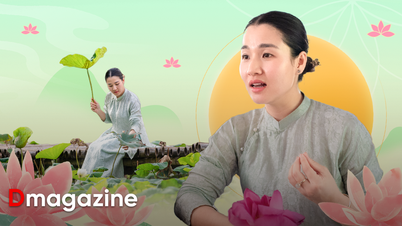








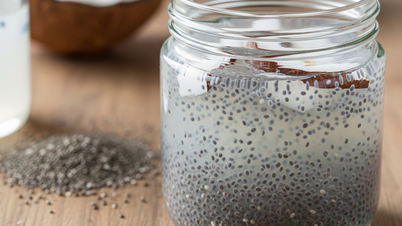

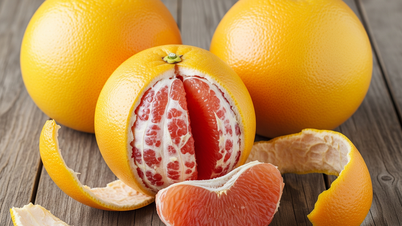
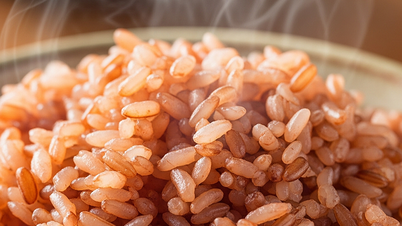



















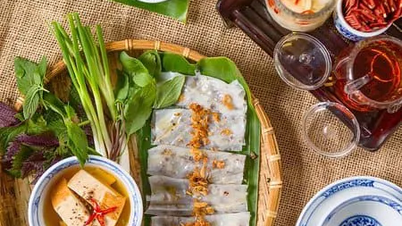













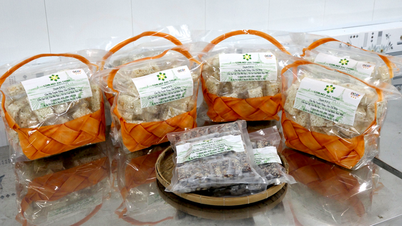





















































Comment (0)